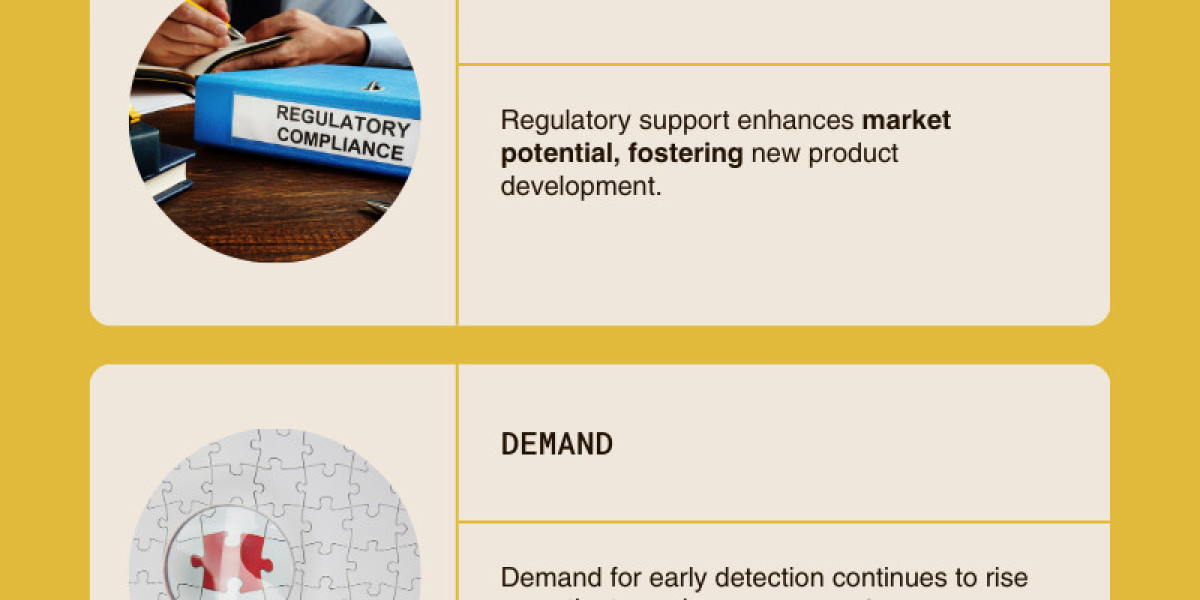1. Research the Local Rental Market
What to Do:
Compare Similar Properties: Start by looking at similar rental properties in the area, also known as comparable (comps). Check listings for properties with the same number of bedrooms, bathrooms, and square footage. Look for properties in the same neighborhood or even on the same street.
Rent Prices: Look at current rental prices for similar properties. You can use real estate websites like Zillow, Rentometer, or Craigslist to get a sense of what others are charging.
Historical Rental Trends: Check if rents in the area have been increasing, decreasing, or staying stable over the past few years. Local government or neighborhood groups may publish trends or reports that can give you insight.
Why It Matters:
Understanding what similar properties are renting for will help you estimate how much rental income you can expect from the property. It also helps you gauge the demand for rental properties in the area.
2. Calculate Gross Rental Income
What to Do:
Determine Monthly Rent: Based on your market research, determine what the property could reasonably rent for each month.
Add Other Potential Income: Some properties offer additional streams of rental income, such as parking fees, laundry facilities, or storage space rentals. Add these sources of income to the overall estimate.
Formula:
Gross Rental Income=Monthly Rent+AdditionalIncomeSources\text{Gross Rental Income} = \text{Monthly Rent} + Additional Income Sources
Why It Matters:
This gives you a starting point for understanding the potential income the property could generate. While this is just the gross income (before expenses), it helps you assess whether the rental income aligns with your investment goals.
3. Factor in Vacancy Rates
What to Do:
Research Vacancy Rates: Understand the average vacancy rate in the area. Vacancy rates represent the percentage of time rental properties sit unoccupied. High vacancy rates might indicate that rental demand is low, which could affect your income.
Adjust for Vacancy: To estimate actual rental income, you need to factor in a vacancy buffer. Typically, property owners assume a 5%-10% vacancy rate, meaning the property will be vacant for that percentage of the year.
Formula:
Effective Rental Income=Gross Rental Income×(1−Vacancy Rate)\text{Effective Rental Income} = \text{Gross Rental Income} \times (1 - \text{Vacancy Rate})
Why It Matters:
Vacancy rates affect your cash flow. Even if you estimate a higher rent, the property may sit vacant for a period, which reduces actual rental income. This is a critical factor in assessing the long-term profitability of the investment.
4. Consider Operating Expenses
What to Do:
To truly evaluate a property’s rental income potential, you need to account for its operating expenses. These can vary significantly depending on the property’s age, size, and location. Common expenses include:
Mortgage Payment: Principal and interest payments on the loan.
Property Taxes: Annual property taxes that must be paid to the local government.
Insurance: Landlord or property insurance.
Property Management Fees: If you hire a property management company, their fee is typically 8% to 12% of the monthly rent.
Maintenance and Repairs: Routine repairs, maintenance, and possible renovations. A good rule of thumb is to budget around 1% to 2% of the property’s value for maintenance each year.
Utilities: Some landlords pay for utilities such as water, trash, or electricity.
HOA Fees: If the property is part of a homeowners’ association, you may have to pay monthly or annual fees.
Capital Expenditures: Set aside funds for big-ticket repairs such as roof replacements, HVAC upgrades, or plumbing fixes.
Formula:
Operating Expenses=Sum of all costs above\text{Operating Expenses} = \text{Sum of all costs above}
Why It Matters:
Operating expenses are the costs of running the rental property and must be deducted from your rental income to determine your net income or cash flow. Overestimating rental income or underestimating expenses can result in significant financial losses.
5. Calculate Net Operating Income (NOI)
What to Do:
The Net Operating Income (NOI) is a key metric for assessing the income potential of a rental property. It represents the income generated by the property after subtracting operating expenses but before accounting for financing costs like mortgage payments.
Formula:
NOI=Effective Rental Income−Operating Expenses\text{NOI} = \text{Effective Rental Income} - \text{Operating Expenses}
Why It Matters:
NOI is used by investors to assess the profitability of a property before debt-related expenses are considered. It is an essential metric for determining whether the property is a good investment and can also be used to calculate cap rates (Capitalization Rate), which indicate the potential return on investment.
6. Assess Cash Flow
What to Do:
To determine your cash flow, subtract your mortgage payments (if applicable) from your Net Operating Income (NOI). This is the actual amount you’ll pocket each month after covering all expenses.
Formula:
Cash Flow=NOI−Mortgage Payment\text{Cash Flow} = \text{NOI} - \text{Mortgage Payment}
Why It Matters:
Cash flow is the amount of money you have left after all expenses. Positive cash flow means the property is generating income each month, which is ideal for investors looking for consistent returns. Negative cash flow could indicate that the property is costing you more than it earns, which may signal that it’s not the right investment.
7. Estimate Potential for Property Appreciation
What to Do:
While rental income is important, property appreciation (the increase in the property’s value over time) can also add significant wealth. Research the local real estate market to gauge the potential for appreciation:
Look at Historical Appreciation Trends: Research how property values have changed over the past 5-10 years in the area.
Consider Future Developments: Is there new infrastructure (schools, shopping centers, public transport) or developments planned for the area? These can lead to future appreciation.
Why It Matters:
While rental income provides immediate cash flow, appreciation contributes to long-term wealth building. A property that appreciates in value over time can provide a substantial return when sold.
8. Calculate the Cap Rate (Capitalization Rate)
What to Do:
The Cap Rate is a quick way to evaluate the rate of return on a property based on its NOI and purchase price. It’s calculated by dividing the NOI by the property’s current market value or purchase price.
Formula:
Cap Rate=NOIProperty Value×100\text{Cap Rate} = \frac{\text{NOI}}{\text{Property Value}} \times 100
Why It Matters:
The Cap Rate gives you an idea of how much return you can expect on your investment. Generally, a higher cap rate indicates a better return on investment. As a rule of thumb, a 5%-10% cap rate is considered good for a rental property, but this can vary depending on the market.
9. Evaluate the Property’s Long-Term Viability
Finally, it’s important to consider the property’s long-term viability. This includes:
Economic Growth in the Area: Is the neighborhood expected to grow in terms of population, jobs, and infrastructure?
Demand for Rentals: Is there a strong demand for rental properties in the area, particularly for the type of property you’re considering?
Property Condition: How much work will the property need in the future? Will you need to spend more on repairs and upgrades over time?
Why It Matters:
Long-term viability can affect both your rental income and the property’s appreciation potential. A property in a growing, high-demand area is likely to provide consistent income and appreciate in value over time.
Conclusion
Evaluating the rental income potential of a property involves more than just calculating the monthly rent. It requires researching the local market, understanding operating expenses, factoring in vacancy rates, and calculating your potential return on investment. By considering all of these factors and conducting thorough due diligence, you can make a well-informed decision about whether a property will generate the kind of income you’re looking for.
Important Links
Tampines Street 95 EC Developer
Tampines Street 95 EC Project Details
Tampines Street 95 EC Location
Tampines Street 95 EC Site Plan
Discover Life Made Easy with Tampines Street 94 Mixed
Top Mistakes Homebuyers Make When Choosing a Condo
Comparing Executive Condominiums and Private Condos in Singapore
Best Singapore Condos for Work-from-Home Professionals
How to Evaluate a Condo Developer’s Track Record Before Buying
Tampines Street 95 EC Floor Plans
Tampines Street 95 EC Showflat
Tampines Street 95 EC Sim Lian
Tampines Street 95 Executive Condo
Tampines Street 95 Executive Condominium
Tampines Street 95 EC Floor Plans
Tampines Street 95 EC Showflat




